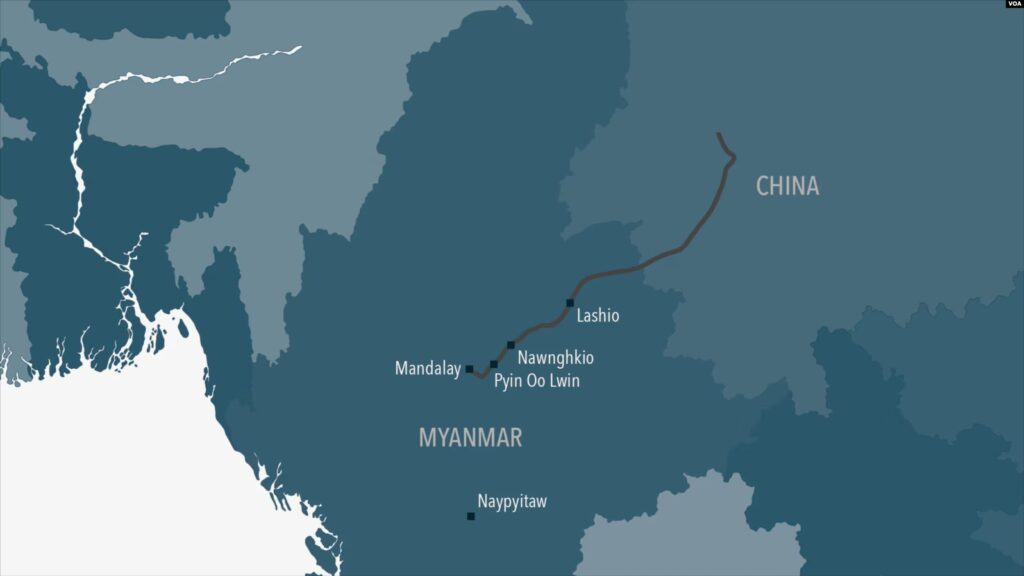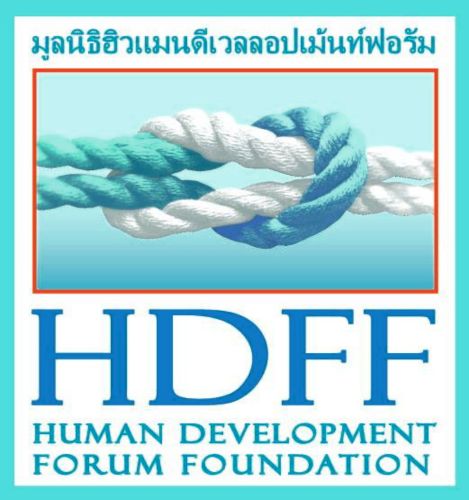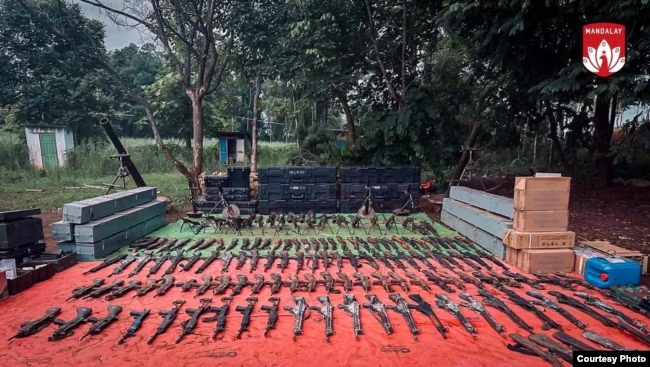Previously in Myanmar news, anti-junta forces seized and captured an important town near Mandalay this week, which is the heartland of Myanmar, and deployed their position against the Military Junta. The offensive, led by various resistance groups, including the three brother alliances and the people’s defence force (Mandalay), involved an integrated effort in the northern Shan state.
The People Defence Force (PDF), which is under the shadow of the National Unity Government (the organisation that seems to restore democratic rule in the country), is full of young educated professionals.
The resistance force seized a large amount of weapons and ammunition, including a multi-rocket launcher system, from the several government army bases surrounding the town during the week-long battle with the capture of Nawnghkio Township.
Key Town at crossroads
In an interview with VOA, the spokesman of PDF emphasized and highlighted the importance of capturing the Nawnghkio township, its strategic military value, and the potential to shift the balance of power in the region.
Operation 1027 refers to a highly successful rebel offensive begun on October 27, 2023.The PDF (Mandalay) confirmed Thursday in a separate statement that the combined forces had captured the junta’s last remaining military base in Nawnghkio Township. The PDF spokesman said that they would use all the weapons and ammunition they have seized to eradicate the military dictatorship and added that the resistance force had captured over 100 prisoners of war. Among the prisoners they have taken, some of them were willing to surrender and change sides. He also added that they have arrested Lieutenant Colonel Hlaine Tun Aung, as he attempted to escape from his base camp near Mandalay.
The former Army Major Naung Yoe explained the strategic significance of the region in a phone interview with VOA. Naung Yoe, the former Army Major who rejected the military coup, has joined the civil disobedience group based in the Thailand-Myanmar border since 2021, when the coup started.
“By capturing Nawnghkio, it would be easy to assess and control the Mandalay-Lashio Road” NaungYoe told VOA. The military still controls the strategically important route from Mandalay to Pyin Oo Lwin, as well as the Defense Service Academy (DSA) which is the primary academy for military training. But the military now lost the Mandalay- Lashio route, and they couldn’t completely secure the ground supply to this and other areas in Upper Shan States. Naung Yoe also said that Naungkhio was the starting point
for the military to supply and send support to its troops in northern Shan State; however, it is no longer in use for this purpose.
Trade route with China
Nawnghkio is also located on Myanmar’s most important trade route between Mandalay and China. ‘This route is now controlled by revolutionary forces, delivering a major trade blow to the junta,’ Naung Yoe said. ‘China will need to reach an agreement to reopen the route, as it has a significant impact on trade.’
The former army major also highlighted the significance of weapons captured by the resistance forces, many of which the rebels could not buy. ‘The seized arsenal includes advanced weaponry such as howitzers, missile launchers, 84 mm Carl Gustaf anti-tank weapons, anti-aircraft guns, and infantry-support machine guns. These tactical military weapons will aid in offensives in heartland areas,’ he said.
‘The anti-aircraft weapons obtained from the PDF (Mandalay) can now threaten the junta’s aircraft, providing a significant strategic advantage,’ Naung Yoe added. ‘In terms of military strategy, these captured weapons make the resistance forces more capable and enhance their long-term prospects.’”
Junta Response
As of Friday, the Myanmar junta had not officially addressed its losses in Nawnghkio. However, on Tuesday, it released a video about recent battles for the nearby town of Lashio, the headquarters of the junta’s northeastern command. Attacks on the town, led by the PDF (Mandalay), TNLF, and MNDAA, briefly captured a military base but were largely thwarted byjunta airstrikes.
In the video, junta spokesperson Major General Zaw Min Tun blamed civilian deaths on rebel forces, stating that 18 civilians were killed and 24 wounded due to attacks starting on July 3. He also mentioned an alleged alliance between the MNDAA and the National Unity Government, which has not been acknowledged by the latter. TNLA spokeswoman Lway Yay Oo told VOA that civilian deaths in Lashio were due to military shelling, not resistance attacks.



Comments are closed